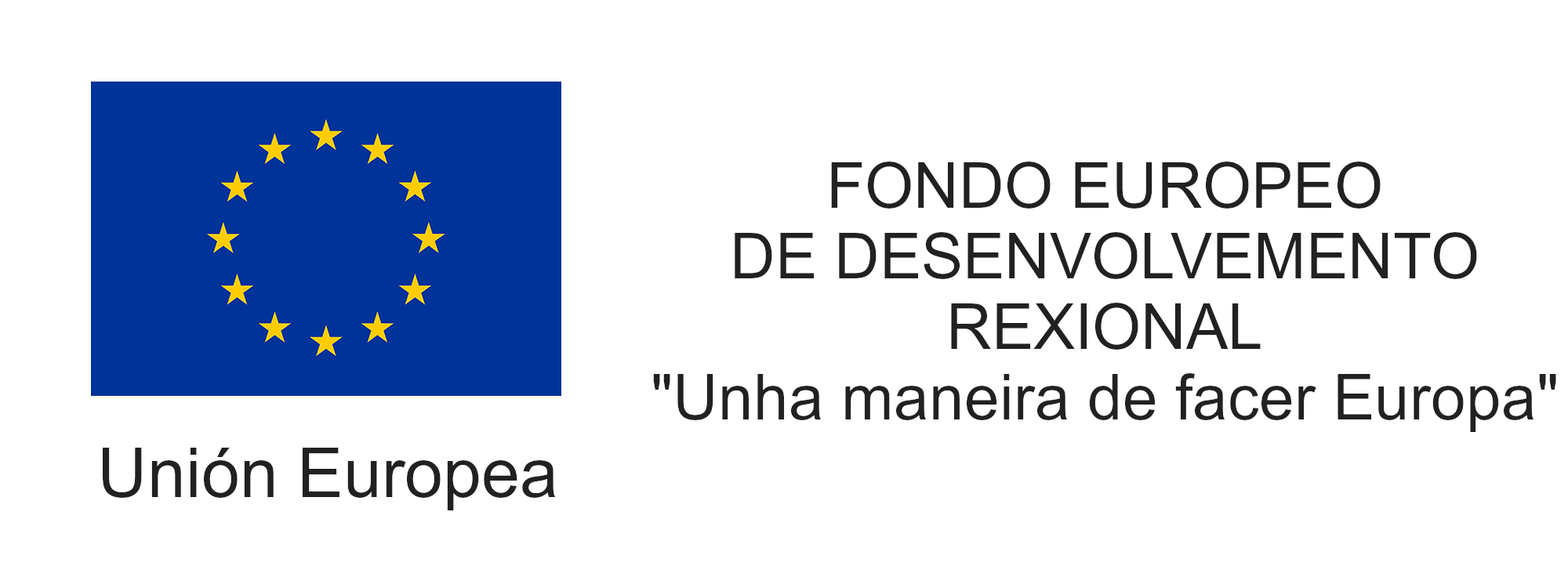Invited Speakers

Elias Feijó
March 13, 9:30
É este galego latim em pó?
A vida levou pessoas e comunidades originariamente falantes do galego que acabaria sendo conhecido internacionalmente como português por diversos centros e cantos do mundo; umha história da língua de idas e vindas, esquecimentos, difíceis encontros e desencontros e encontrados interesses; e deste cantinho originário, por nome ou Galiza ou Galícia, o que foi feito dele? E o que tem para dar ou necessita receber? Como tudo, é conforme…
A oportunidade pode ser boa para entender como as palavras e as línguas andam e como este país chegou com a sua língua à atualidade, o seu estado e possibilidades.

Gemma Boleda
March 14, 12:00
Pressures on the lexicon and their effects
An increasing body of research suggests that there are competing pressures on language, with cognitive pressures steering linguistic systems toward simplicity, and communicative pressures toward complexity. I will present a series of studies that explore these pressures from the perspective of the lexicon. These studies examine data from large-scale cross-linguistic lexicons, historical semantic change, language development, and language production, using a variety of quantitative and computational methods. I will argue that the two pressures contribute to explaining key aspects of how lexicons of natural languages are, including the pervasiveness of polysemy and the presence of more general and more specific words.

Marta Ruiz Costa-jussà
March 15, 10:00
Beyond Semantic Evaluation in Seamless Speech Translation Models
In this talk, we will discuss various semantic and responsible evaluation methods that we have proposed for SeamlessM4T, a single model capable of handling speech-to-speech, speech-to-text, text-to-speech, and text-to-text translation in up to 100 languages. We will focus on Blaser 2.0, an updated version of our evaluation tool that offers improved accuracy compared to its predecessor when it comes to quality estimation. Additionally, we will present our efforts to ensure the safety and responsibility of the model, including the implementation of a red-teaming system for detecting and mitigating added toxicity, as well as a systematic evaluation of gender bias.
